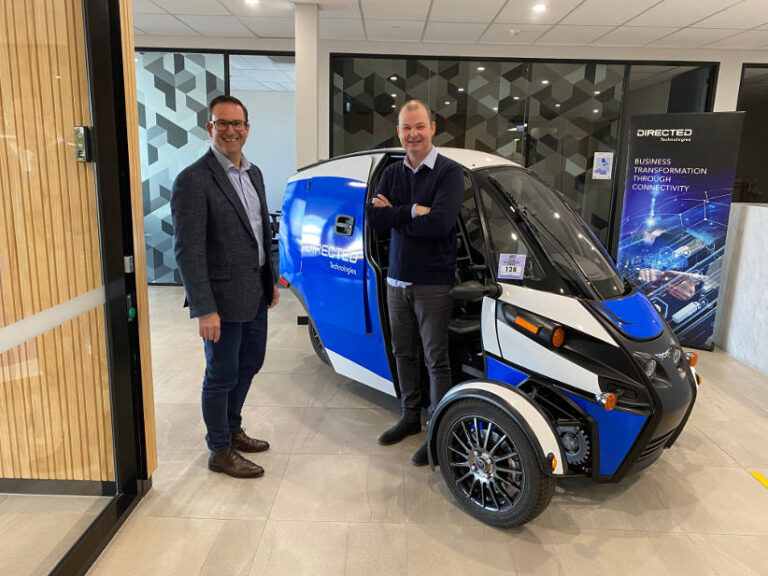I met Mark Whitmore, Global Sales Director at Directed Technologies, at a Hino event where he was demonstrating Hino Connect which has been included on new Hino 500 and 700 series models since last year. I wasn’t looking forward to another presentation on telematics because seeing dots on a map isn’t as exciting as it used to be.
Sensing a story when Whitmore mentioned local manufacturing, I kept in touch and organised a factory tour in Melbourne to check out their operations.
What I didn’t expect to find was an Australian business that was developing and manufacturing products to supply OEMs like Hino, Mercedes-Benz, Kenworth, Mitsubishi and Suzuki.
Brent Stafford, Executive Director at Directed Technologies, greeted me at the door and took me on a tour of the facility outlining their capabilities and range of products that were all being developed with local engineering knowledge which has been built over 20 years.
Each door we entered produced a OMG moment. It was like touring the Wonka factory. There is some very exciting stuff being worked on in their Melbourne facility and it appears that OEMs are lining up to access their engineering expertise in hardware and firmware.
When I entered the boardroom there was a range of retail products from dash cams and smart watches to robot vacuums. Some of the products are house brands while Directed is the distributor for others. This was the second moment I realised that telematics was only one part of the story.
The first moment was when I saw the three wheeled electric mobility vehicle in the foyer. Directed are working on a project to bring this vehicle into Australia for use in last mile and food delivery. It reminded me of the Australia Post electric trikes which are currently replacing the fleet of motor bikes. It will be fitted with all of their tracking technology which includes cameras and remote locking devices.
Stafford explained that their work with Hino and other truck OEMs was successful because telematics isn’t a global solution. There are many different laws, road conditions and importantly different business systems in Australia. These are critical to transport operators which mean localisation is required to deliver a product that provides efficiencies and cost savings so they can operate on decreasing margins. A key learning when working with HINO was how the system is adding value for the customer, and the way it is deeply linked to the customer’s business needs.
During our discussion I glimpsed the future of ‘trucks as a service’ where customers no longer own the assets. The data being collected is now coming from deep inside the engine management systems so unplanned maintenance can be eliminated through the early identification of faults using AI.
It will also assist with component failures because manufacturers can identify external factors such as over revving which may cause the incident.
The key message delivered by Stafford and Whitmore was the strength and capability of Australian companies to develop and build automotive technologies.
“Local manufacturing doesn’t just mean pressing metal,” explained Stafford. “There’s a lot of engineering experience and talent in our company that can be taken to the world.”






